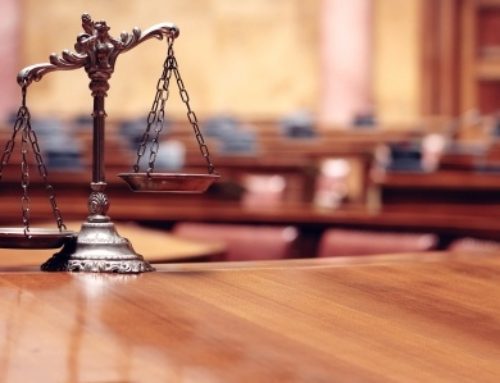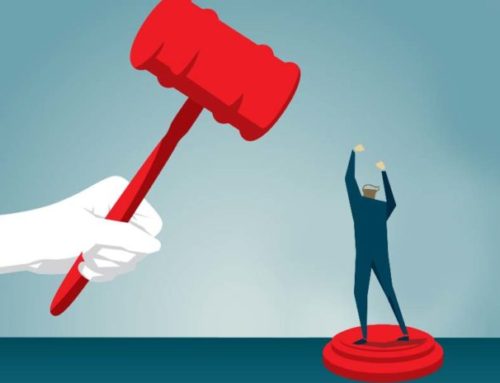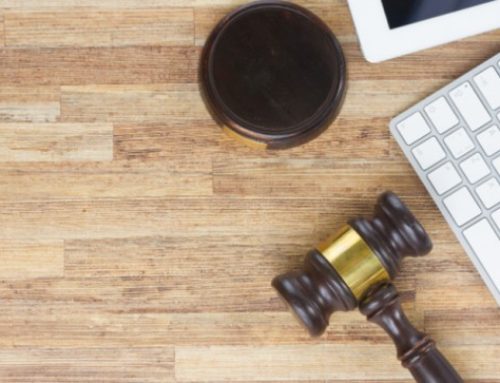Editor’s Note: In this post, Ananth Kini* writes about two grey areas in the Civil Procedure Code – first, whether an admitted statement can be put forth before a court during final arguments and second, whether averments in the written statement acknowledging a debt have to looked into while determining whether a suit is time-barred.
Consider the following scenario in a suit for recovery of money simpliciter. The Parties are X and Y. X is the plaintiff and Y is the defendant. Y moves an application under Order 7 Rule 11 of the Civil Procedure Code (“CPC”), seeking rejection of the plaint on the point of limitation. The Court issues notice upon the application and while the final arguments about the application are being heard, X passes on a certified copy of Y’s Written Statement (“WS”) in one of the earlier proceedings, between the same parties which was later withdrawn. Through this WS, X points out to the Court that Y in his WS has made an admission of the debt in question in the present suit, thus preventing it from becoming time-barred. The Court reads the purported admission and dismisses the application on the ground that the admission of debt causes the period of limitation to be revived again on this basis.
Now, in these given facts and circumstances two legal questions arise. The first question is, whether it is legally permissible that a new document can be passed on to the bench during the course of arguments? One may argue that it is an admitted document, that too a certified copy of the Y’s WS which anyway Y couldn’t have denied. Rather it is Y who should be aware of his own case. But on the contrary, for placing additional documents on record, an application under Order 7 Rule 14 or Order 8 Rule 1A, as the case may be, has to be moved wherein the concerned party has to convince the Court as to why this document was not filed earlier, despite it being in the party’s power and possession. Further the CPC nowhere distinguishes between admitted documents or unadmitted documents. In other words, there is nothing in CPC stating that admitted documents can be filed at any point of time or the same can be legitimately passed on to the bench during the course of arguments. It is a general rule of pleadings (See Orders 6-8 of CPC) that all documents over which the parties have possession have to be filed along with Plaint or the WS and belated filing of documents is an exception to the general norm. Hence, whether or not admitted documents can be filed before the court even during final arguments is a grey area that the court will most likely have to adjudicate upon in the future.
For the second question, assume that the WS which X presented pertained to the ongoing proceeding between X and Y. In such a case, can the court look into an admission of debt in the WS itself while adjudicating upon an Order 7 Rule 11 application?
Firstly, it is settled law that avermentsin the WS cannot be looked at while deciding an Order 7 Rule 11 application. (See for example Raghwendra Sharan Singh V. Ram Prasanna Singh AIR 2019 SC 1430[1]). Hence, the court is bound to decide on the question of limitation only by looking at the plaint at its face value. If this was not the case, this would certainly open a Pandoras Box for several reasons. Firstly, every litigant would try to direct to the Court’s attention to some or other averment in the WS to protract the case Secondly, assuming that there is some admission made in the WS, Y still has several remedies. For instance, Y can argue that the purported admission isn’t an admission in the first place and it has been made in these given fact and circumstances (See for example Ram Niranjan Kajaria V. Sheo Prakash Kajaria, 2015 AIR SCW 6475[2]), Thirdly in order to find out whether there is any admission in the first place, whole WS has to be looked into and read and not in a vacuum which would result in some sort of mini-trial and time consuming affair which would not be in consonance of the settled principles of Order 7 Rule 11. For these reasons, it is a trite notion that the Court has to only look at the averments made in the plaint while deciding upon a question of limitation.
However, the problem with this position is that it results in gross injustice for the Plaintiff X, in so far as even if there is an admission made by the Y himself which would extend the period of limitation the Court wouldn’t look into the same and thus would summarily dismiss the plaint and the resultant suit thereby affecting the substantive rights of X. Hence, the answer to this question does not seem straightforward and would require detailed adjudication.
*Ananth Kini is an Advocate practicing before the Supreme Court of India, High Court of Delhi and other courts and tribunals situated in New Delhi. He can be reached at advananthkini@gmail.com for any comments/suggestions.
[1]See also Shakti Bhog Food Industries Ltd. V. The Central Bank of India and Ors, 2020 (2) RLW 1417 (SC), The Church of Christ Charitable Trust and Educational Charitable Society, represented by its Chairman v. Ponniamman Educational Trust represented by its Chairperson/Managing Trustee, 2012(3) RCR (Civil) 811.
[2]See also Charanjit Singh V. Kehar Singh, 2006 (90) DRJ 268.








Leave A Comment